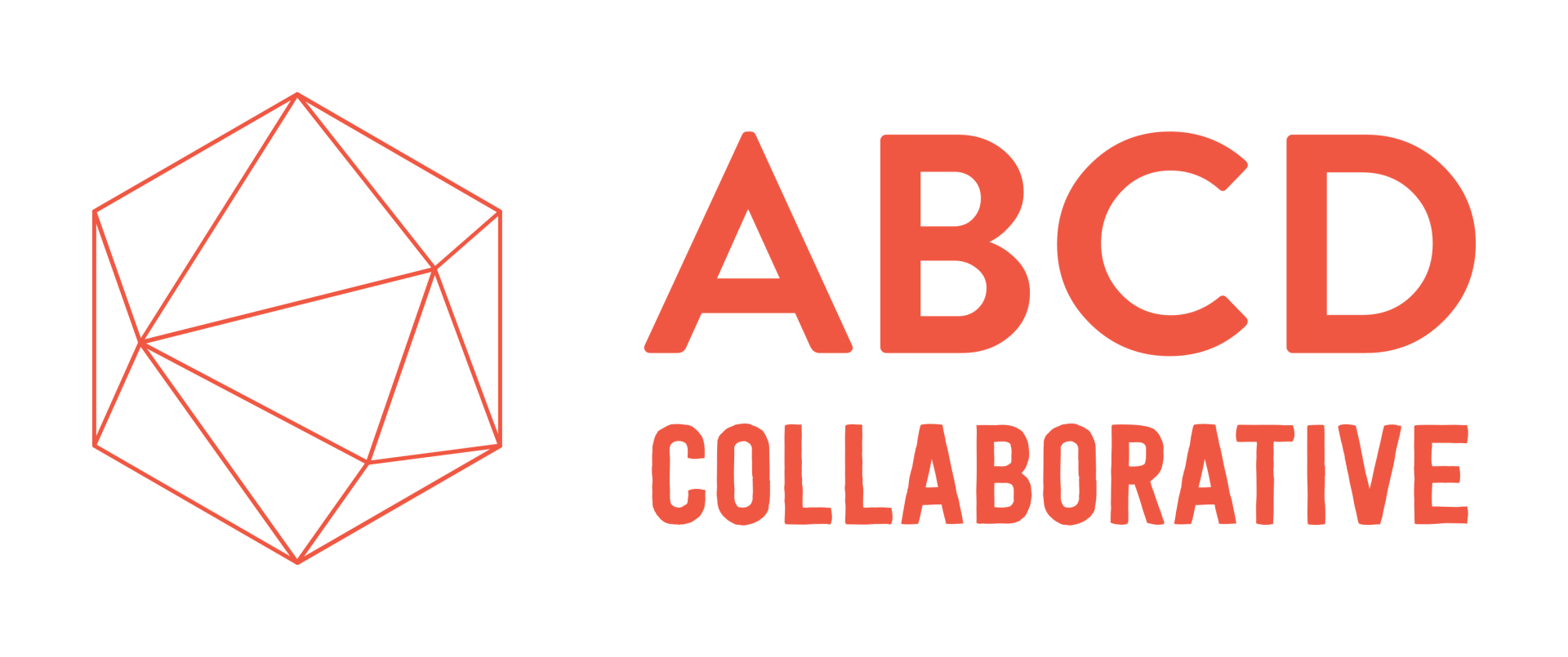Superadobe House of XiaoShuiJing Village
Inspiration of ABCD Collaborative
We would like to first introduce the inspiration for us to set up ABCD Collaborative, through participating in building Superadobe house of XiaoShuiJing Village initiated by HIS Foundation, we were first introduced to ABCD approach:
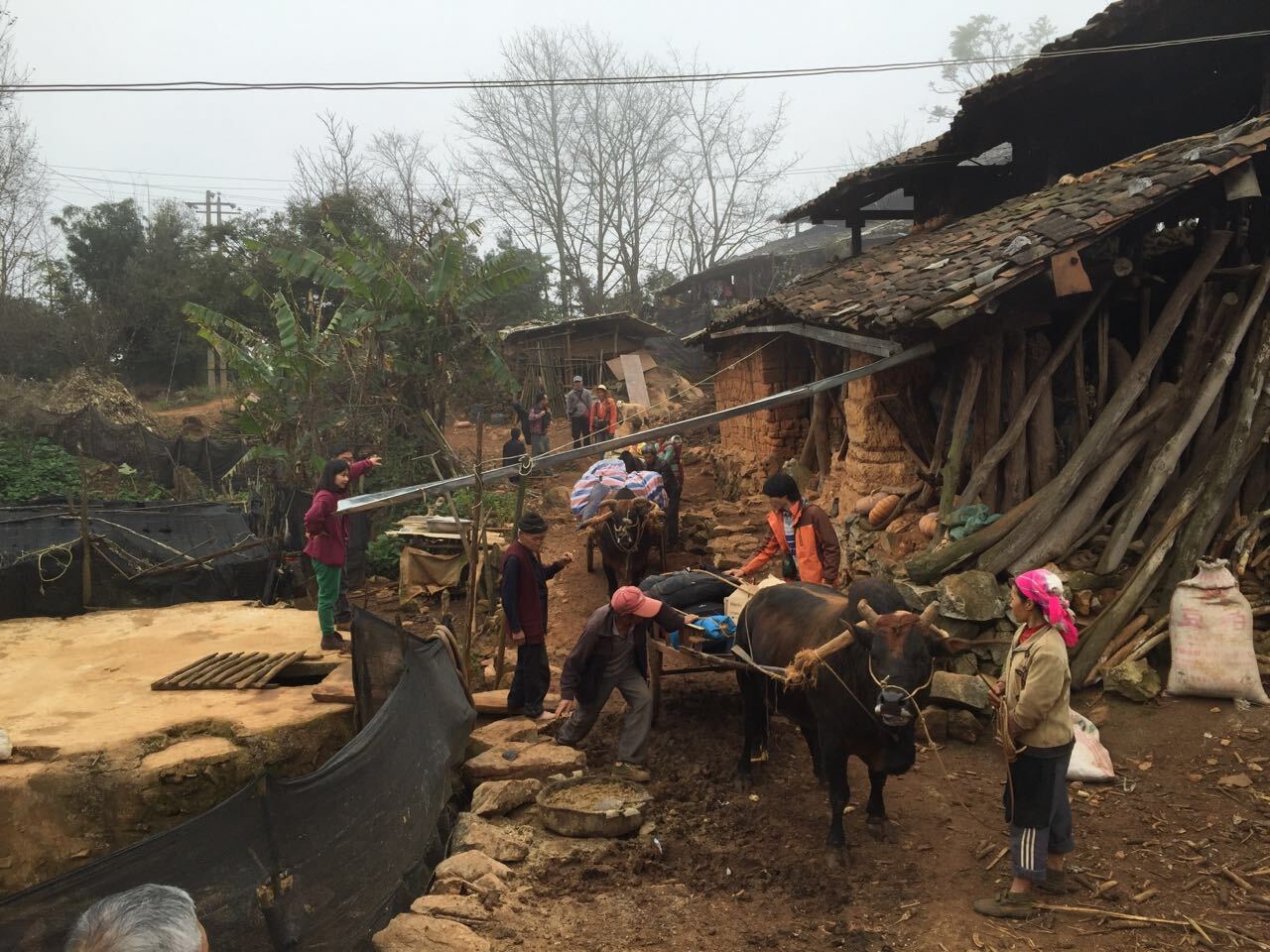
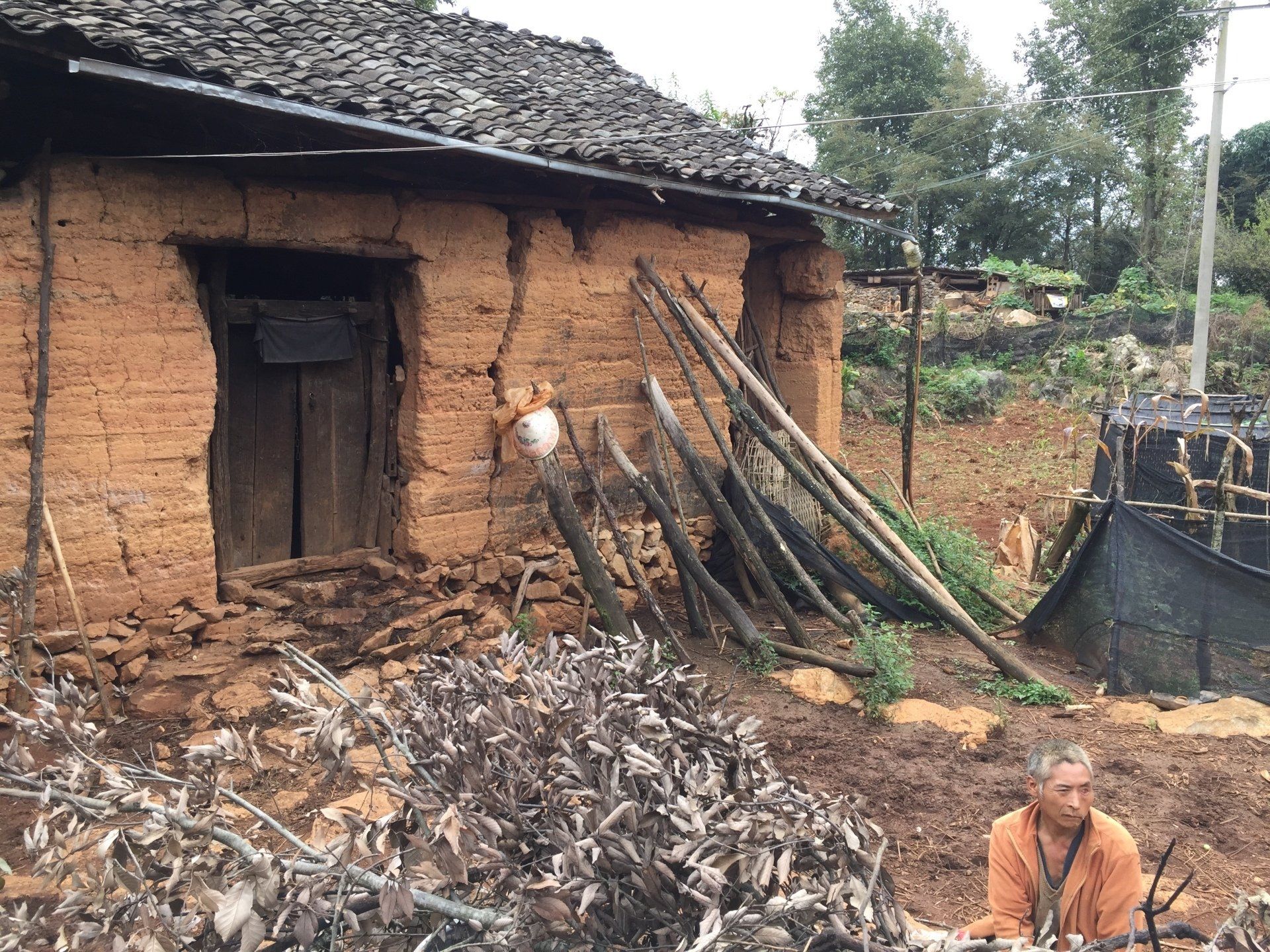
Existing building and living environment of XiaoShuiJing Village
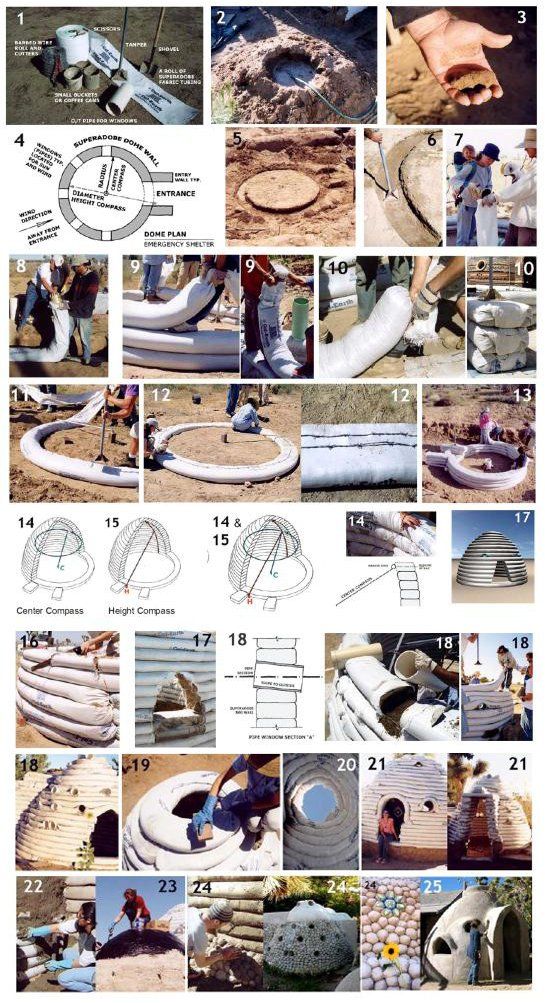
The building process of Superadobe
Source: www.calearth.org
Asset mapping and listening campaign
After getting the consent of the villagers, the team took an intensive training at CalEarth to further understand the theory and building technique. Then they went back to XiaoShuiJing village to make sure the earth composition was suitable, double check all the tool supplies were available at local market and conducted initial site measurements. An introduction workshop was held in the village to explain all the details again. The aim of building the architecture was not merely solving the problem of the collapsing houses in the village, but to empower the vulnerable people to let them know they were totally capable to change the current situation with their own power and the existing asset within the community.
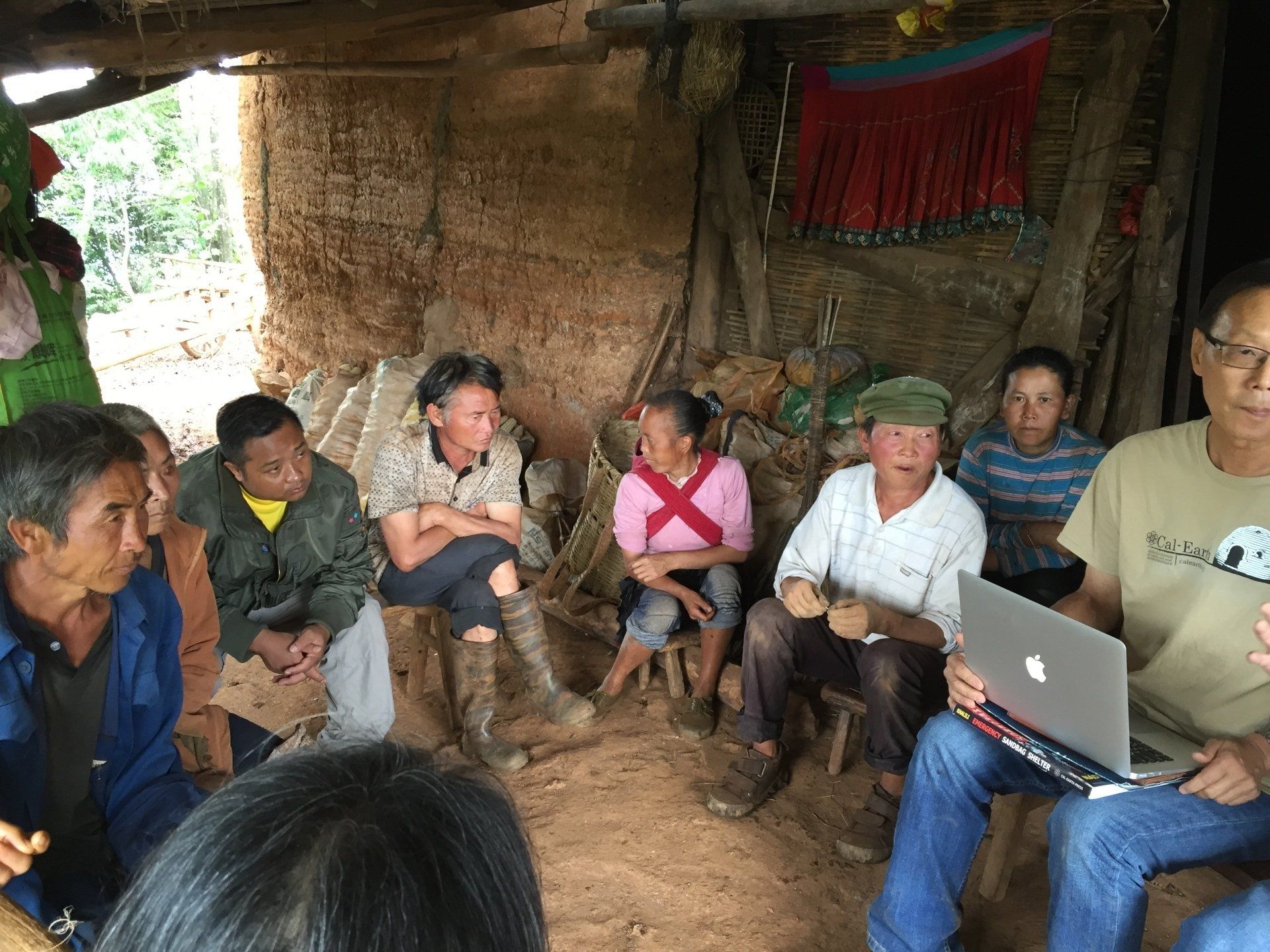
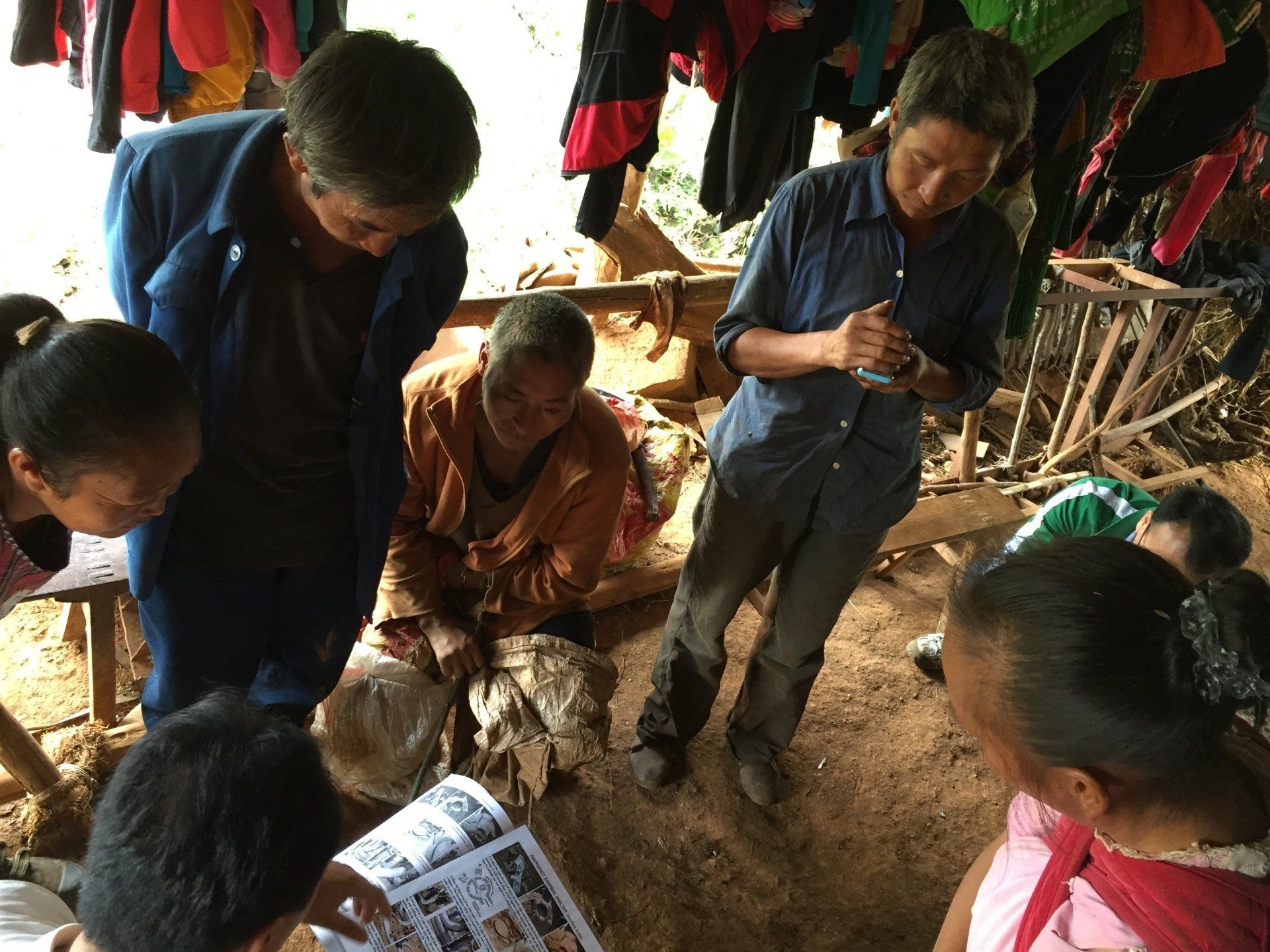
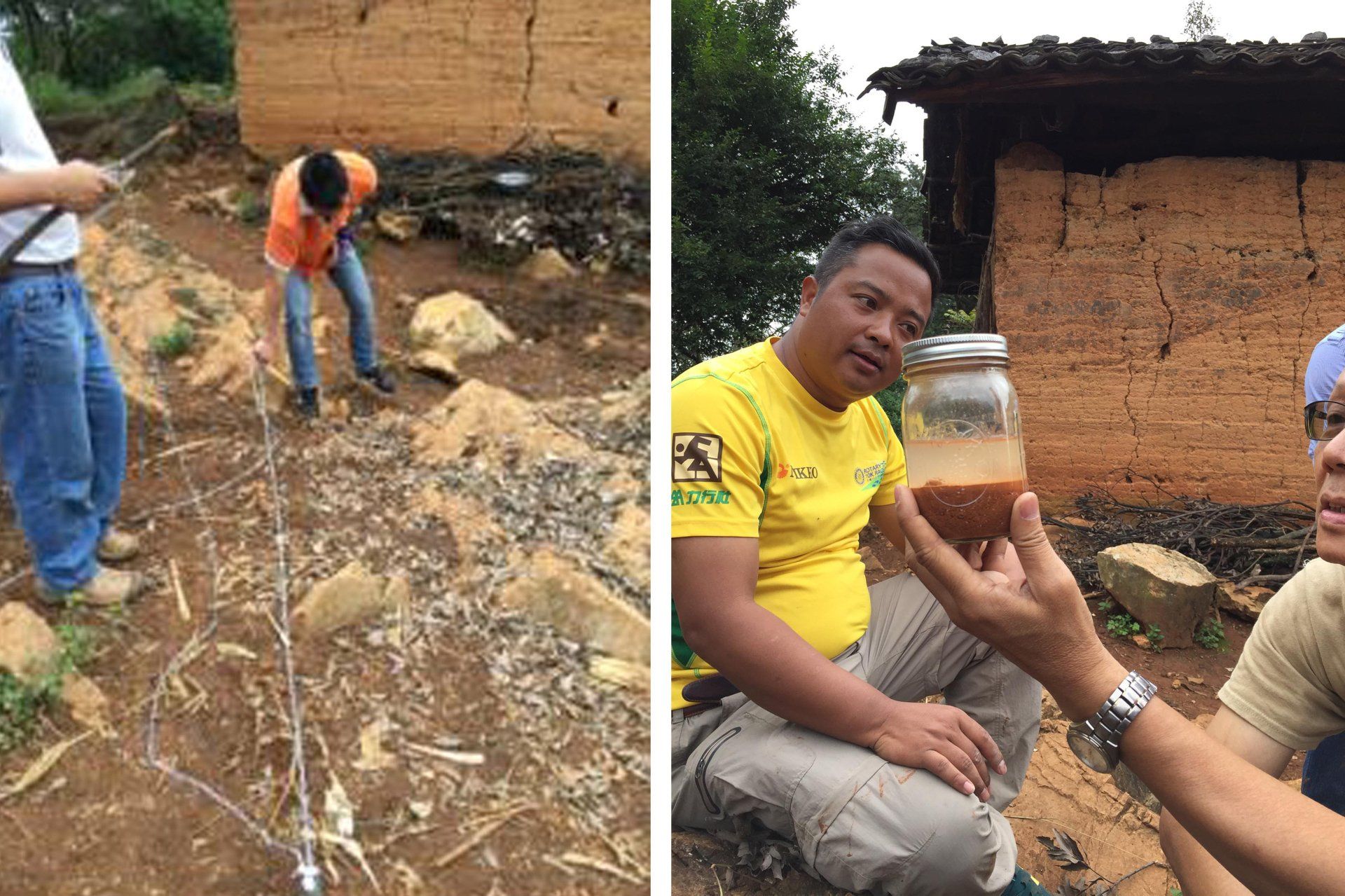
Introduction workshop and asset investigation
Participatory process
The process of superadobe building involved participation of the community throughout design and construction stages. It takes time to build up a relationship. At the beginning, few villagers participated. As time went by, more villagers started to join in the building process. In the process, the villagers gradually restored the relationship with themselves with growing self esteem and had improved the relationship with the neighbors in the community. They had also steward the fruits from their own labor in the building process. Due to the weather influence, the building process had to be suspended several times during raining and snowing period. The team had to come back and forth with different volunteers and professionals joined in. Although it was a very small architecture building even not with an appealing appearance, through the participatory process, the vulnerable people felt that they were being valued, cared and loved. There was a substantial change in their relationship and attitude after a year-long participation process.
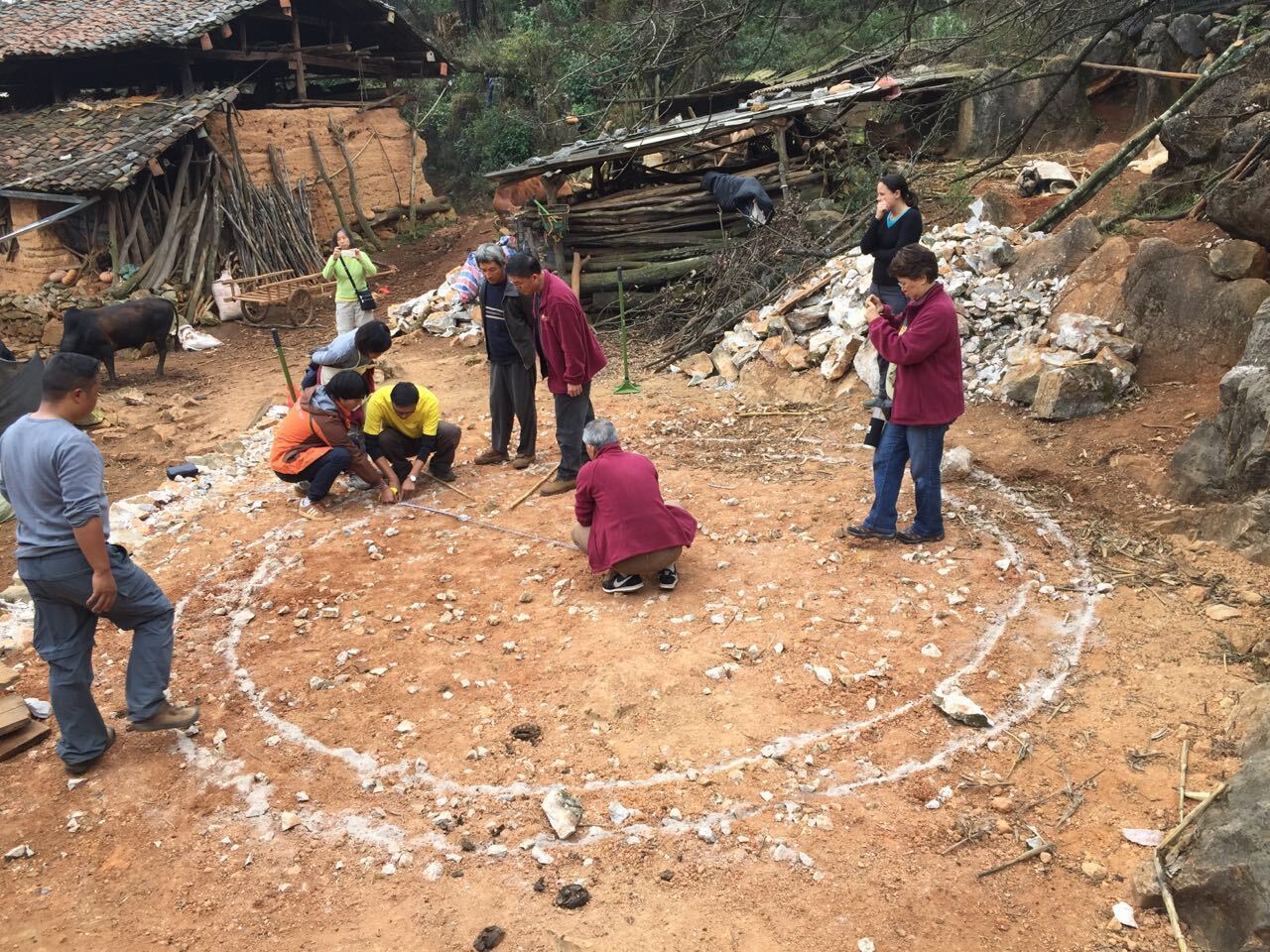
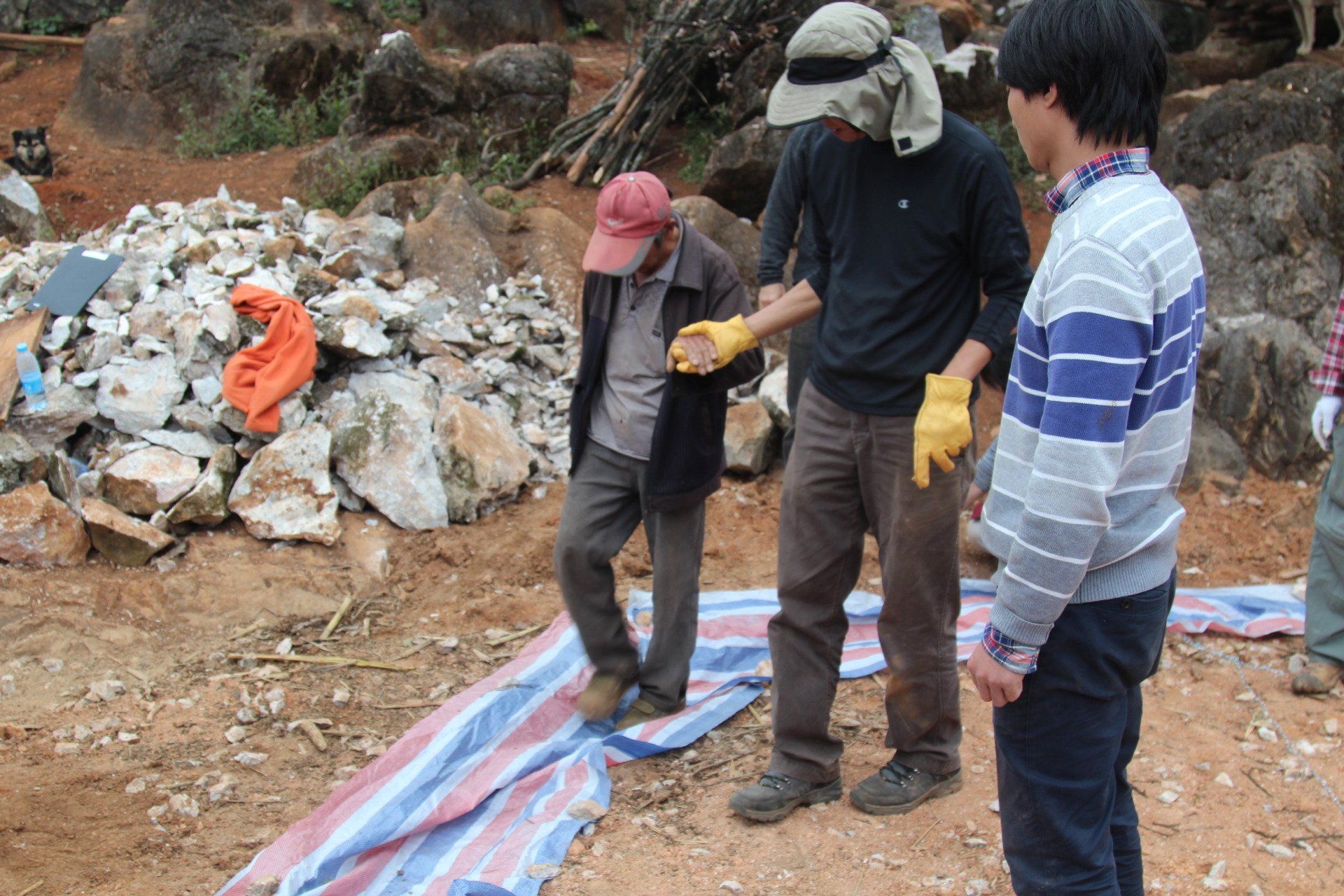
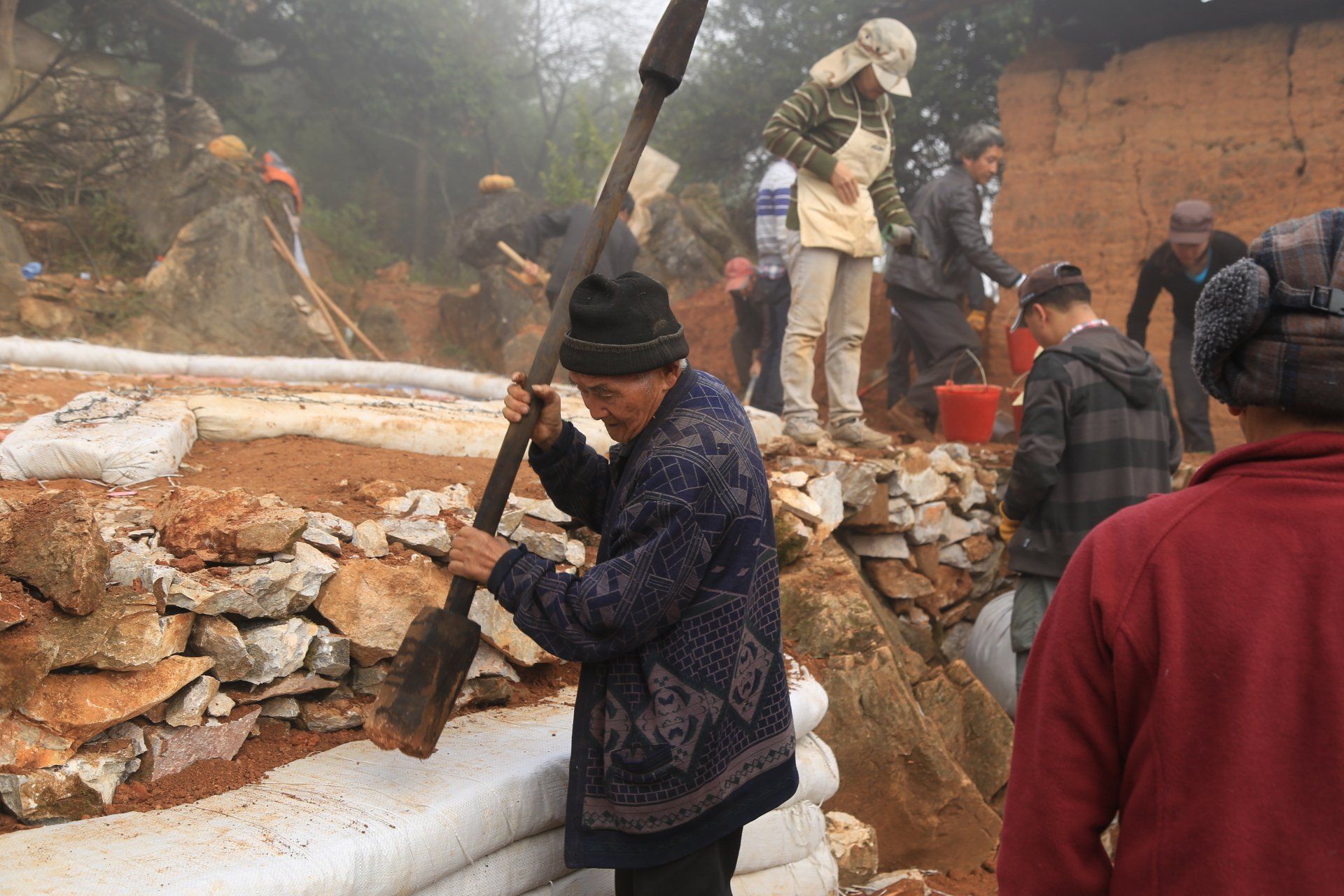
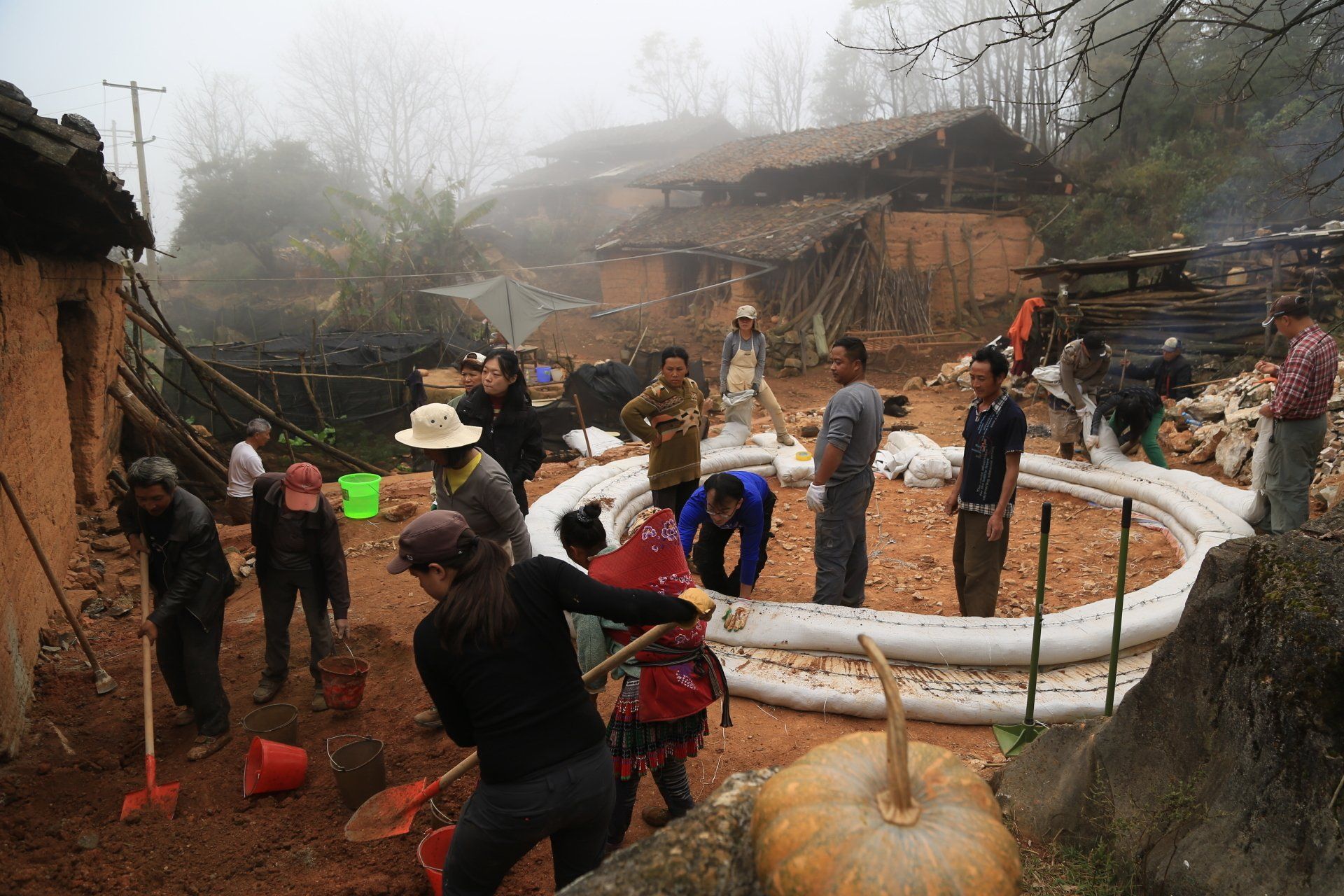
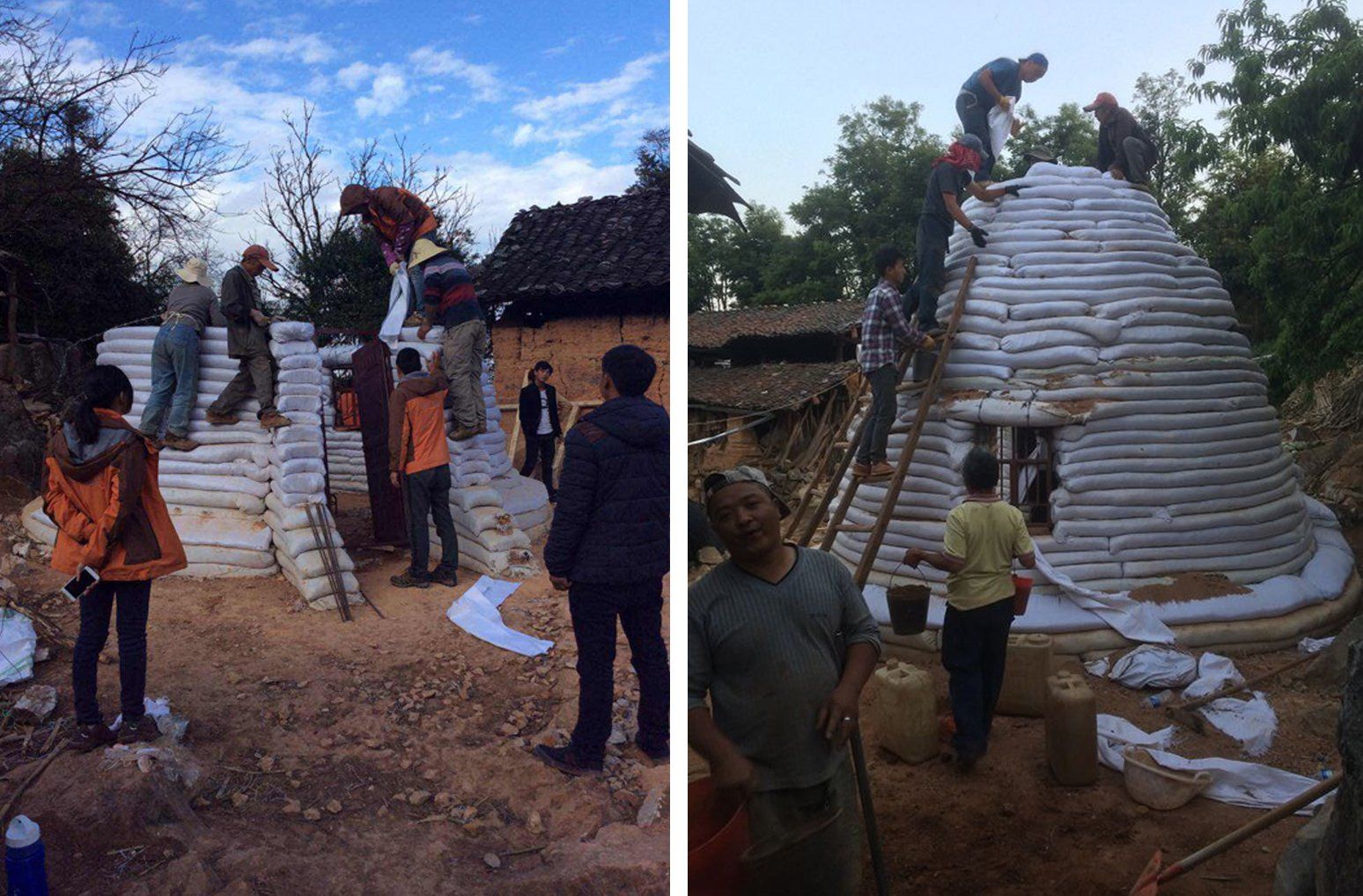
Villagers participation in superadobe building process
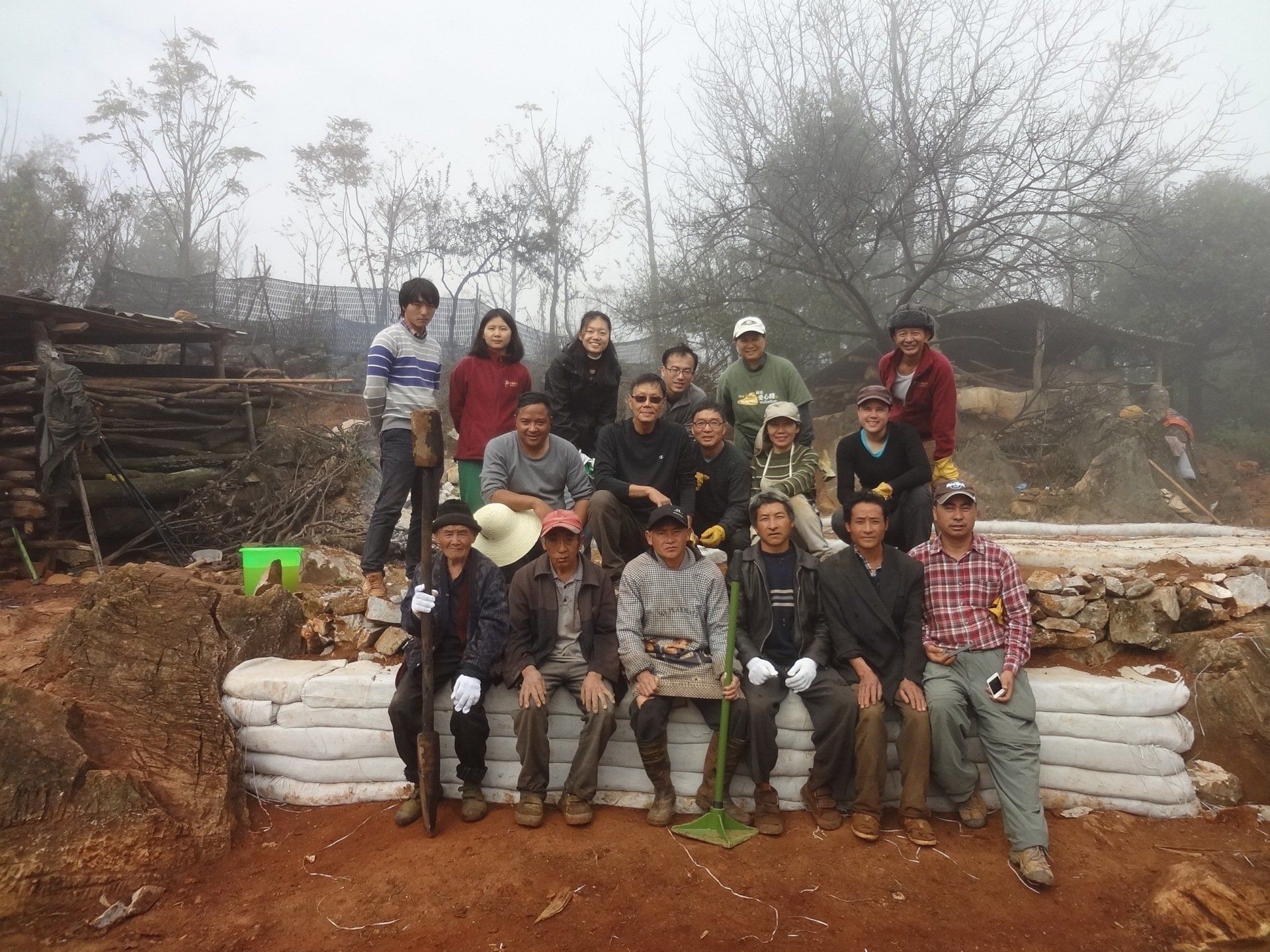
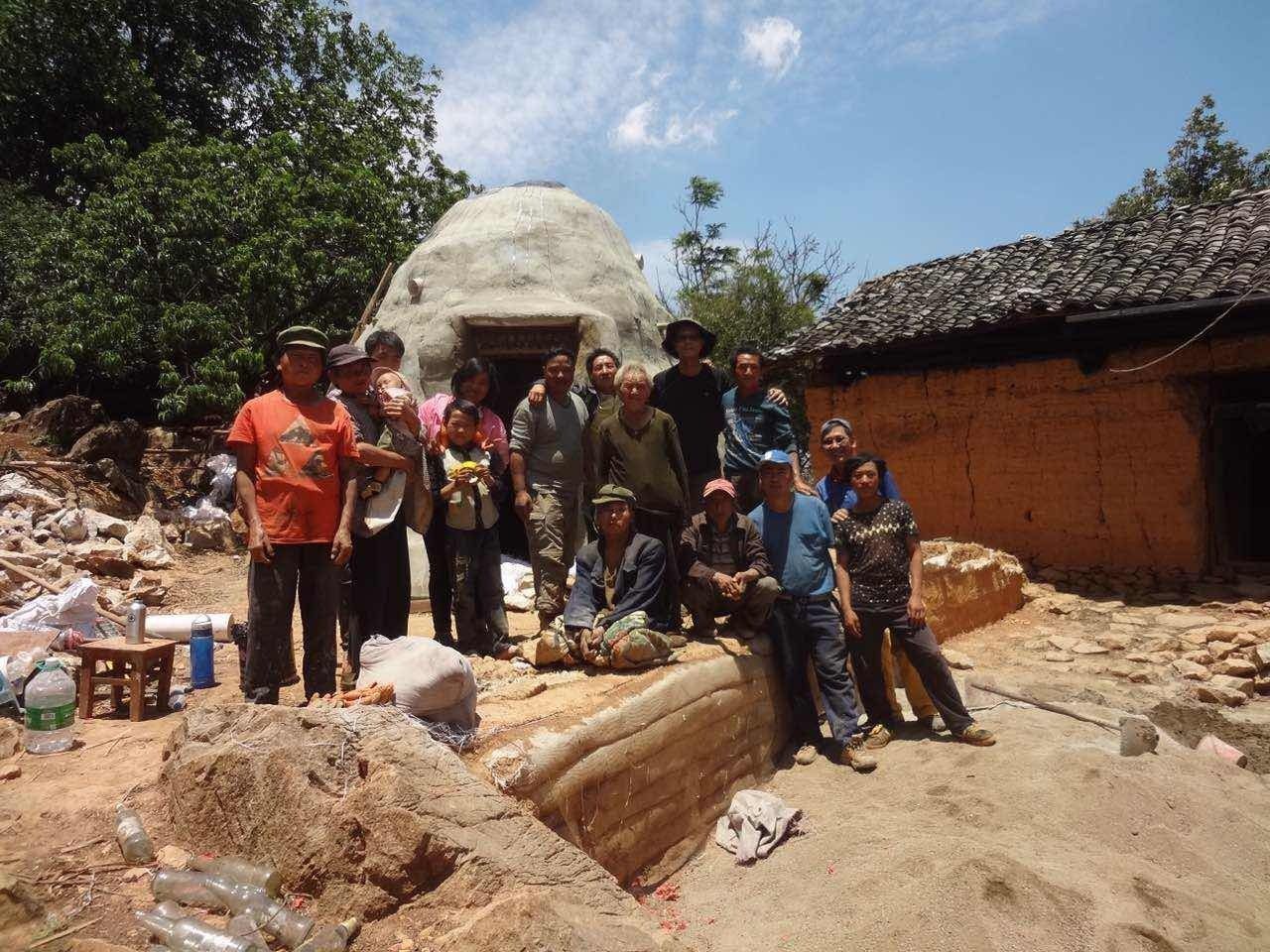
Superadobe house of XiaoShuiJing Village
Conclusion
The superadobe is a tiny inconspicuous architecture in an isolated leprosy rehabilitation village on top of a mountain with a long communication and building process. However, through which it stimulated a positive change and people in vulnerabilities and inequalities felt that they are being understood, respected and loved. Mother Teresa said that ''few of us can do great things, but all of us can do small things with great love". After the valuable experience, we just felt we have to learn more about ABCD with its potential social value.
Project duration:
Jun 2015 - May 2016
Local material used:
soil, plastic bag, barbed wire, plastic tube
Local human capability used:
tamping, carrying, plastering, singing, cooking
Tangible value:
Building innovation, low building cost, environmental
Intangible value:
Social cohesion, capacity building
Credits
Project design and management:
Andrew Ming-Yuen Kwong
Project Funding:
HIS Foundation
https://www.his-foundation.org/
Collaboration:
Handa rehabilitation & welfare association
Further reading:


